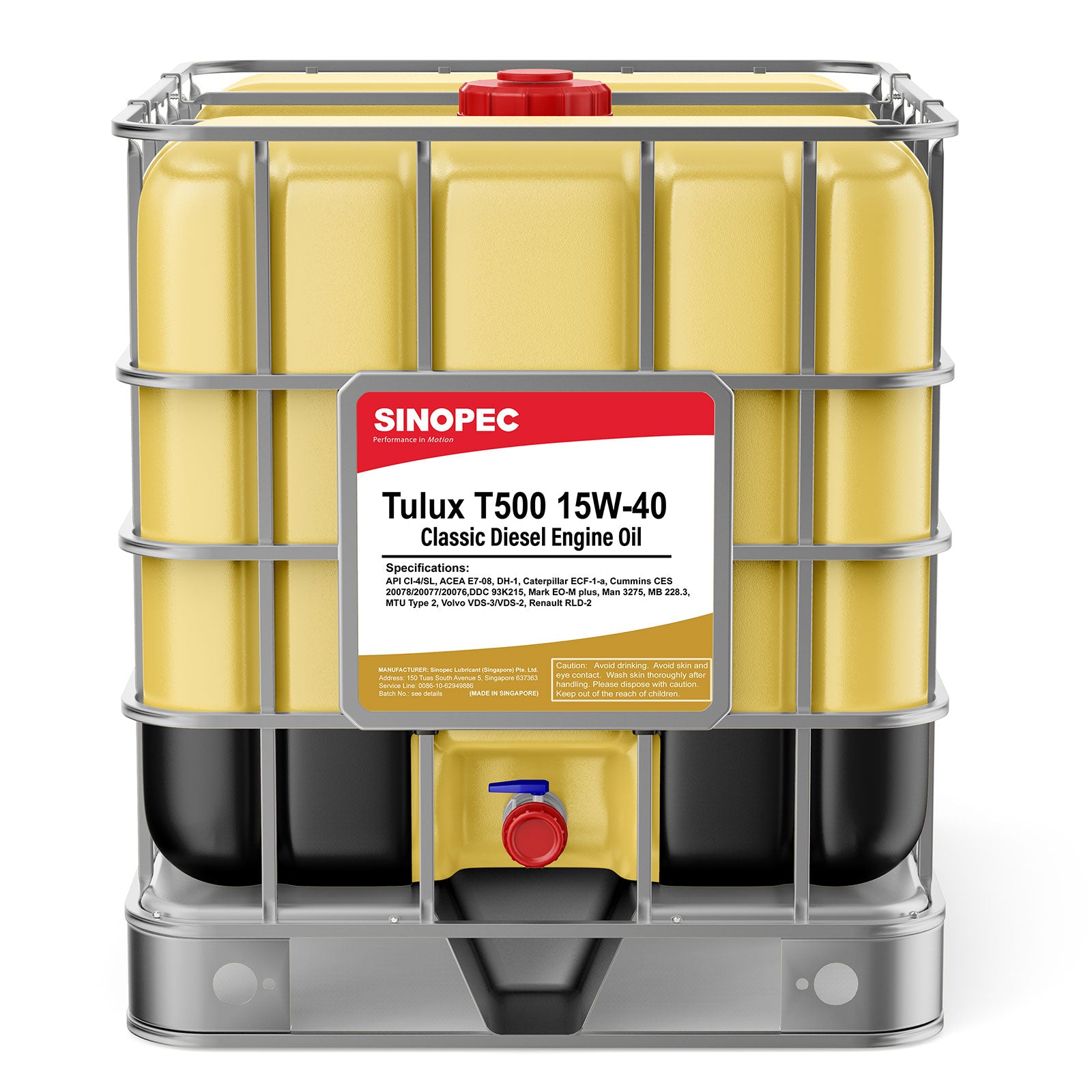Special Grease for Concrete Pumping Vehicles
The product is semi-fluid grease NLGI #00
How to Properly Maintain Your Concrete Pump?
Concrete pumps are one of the most important workhorses of many construction sites and building projects. Because of this, it is vital for the safety of your workers and members of the public that all truck and trailer concrete pump equipment is regularly check and monitored. Scheduled routine maintenance is the best way to protect your investment in a concrete pump. Concrete pump maintenance pays for itself in time and money, as properly maintained equipment means fewer problems and breakdowns. Thus, keeping your concrete pumps fully operational and pumping concrete for as long as possible and reducing the risk of danger when using such equipment. Anyone who was worked with concrete pumps will know of the potential for disaster with such large machinery under pressure. As with all machinery, concrete pumps need to be properly looked after and maintained. To help extend the lifetime of your concrete pump and keep your pump running at maximum efficiency, Key maintenance advice: Lubrication is the most important aspect of day-to-day maintenance on concrete pumps. Operators should ensure that they grease the boom once a week and perform a visual check of the boom and pipework. Most concrete pumps are fitted with an auto-lube system that automatically greases all parts that need lubrication. However, it is very important to check the auto-lube system daily to ensure that it remains topped up at all times. Should the auto-lube system fail, operators can manually grease parts using the concrete pump’s grease gun. Concrete Pump operators should also ensure that they check water levels in the wash-box and oil levels and daily. Don’t forget to check the general condition of the vehicle including the tyres and oil, as industrial use of a concrete pump can bring extraordinary wear to different parts of the vehicle. Perform an annual concrete pump inspection. First, carefully examine all structural and wear parts for damage. This includes: Pistons, Cutting Ring, Spec Plate, Stabilisers, Hydraulic Controls, Electric Controls, Hopper, Boom and all Pipework. We then examine the machine’s maintenance e.g. the lubrication of the machine, oil, water and other areas to check the condition and inspect for any signs of wear. To finish the service, we review the technical data of the machine and check the identification plates before we undertake a full boom inspection, which includes checking the frame, the guides and supports, pipeline supports, retainer hook, opening and closing speeds and safe working loads.
















